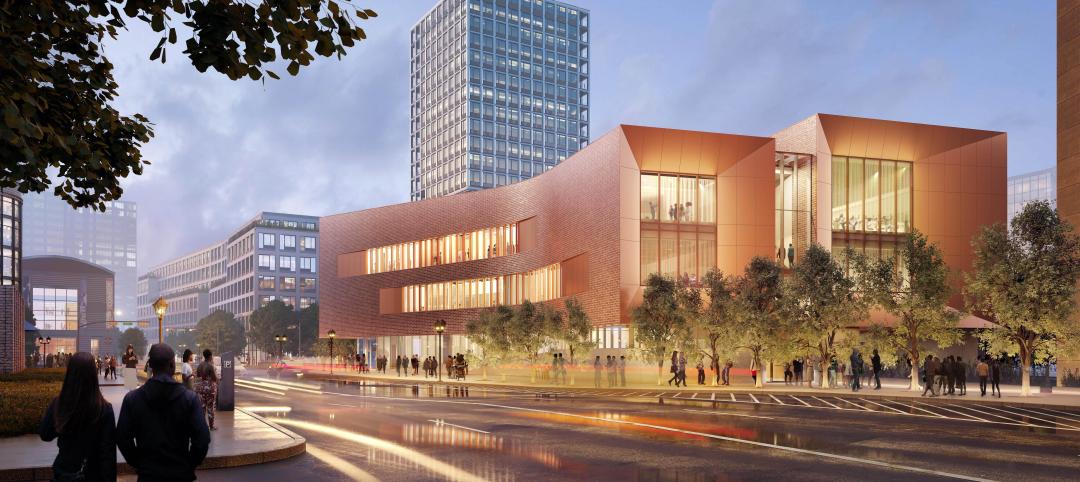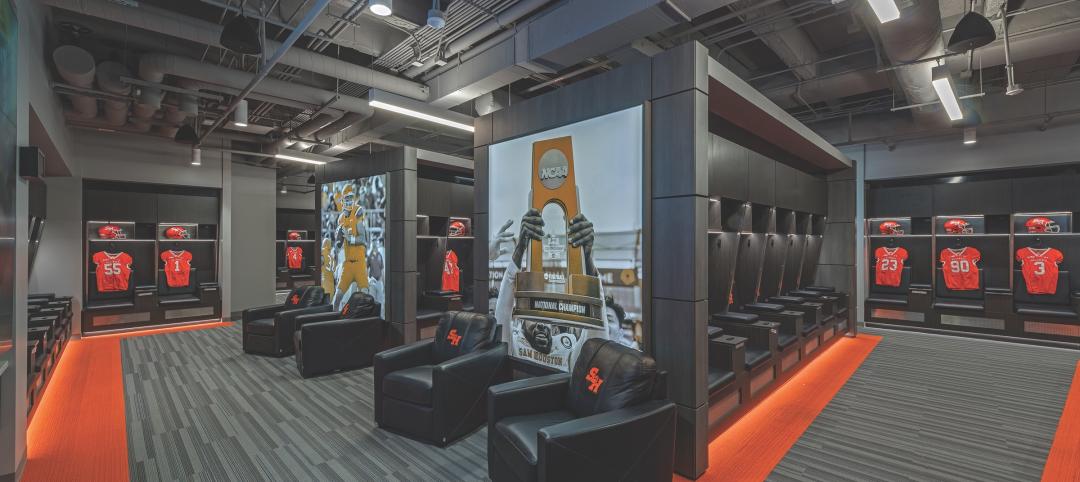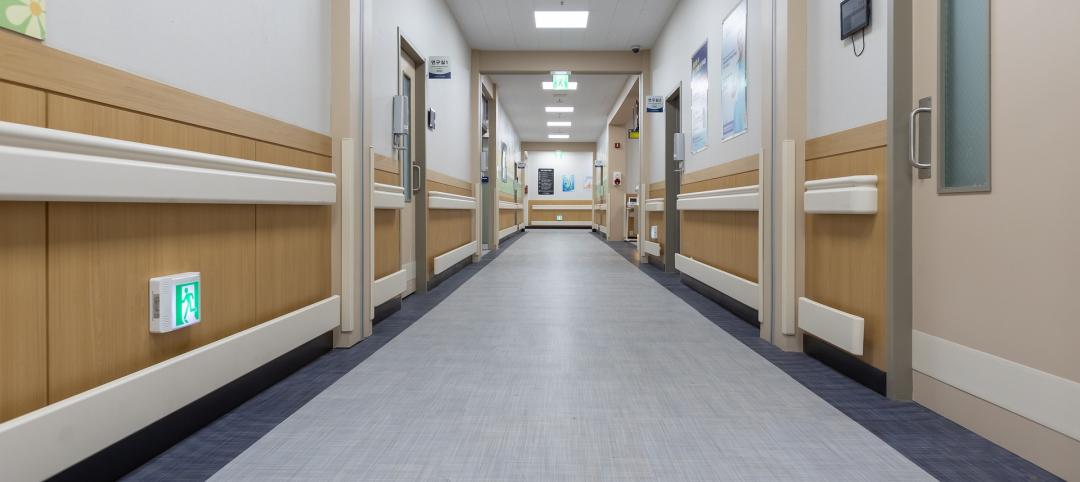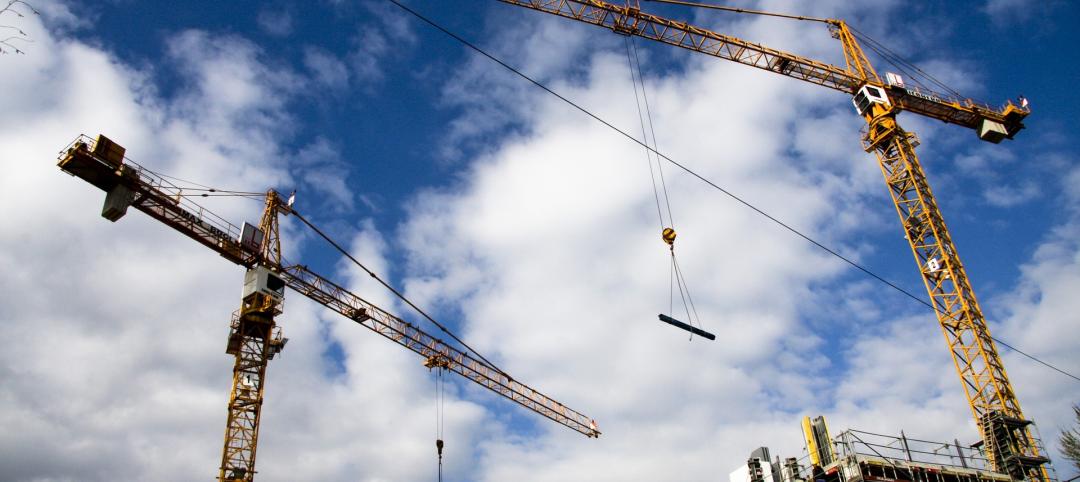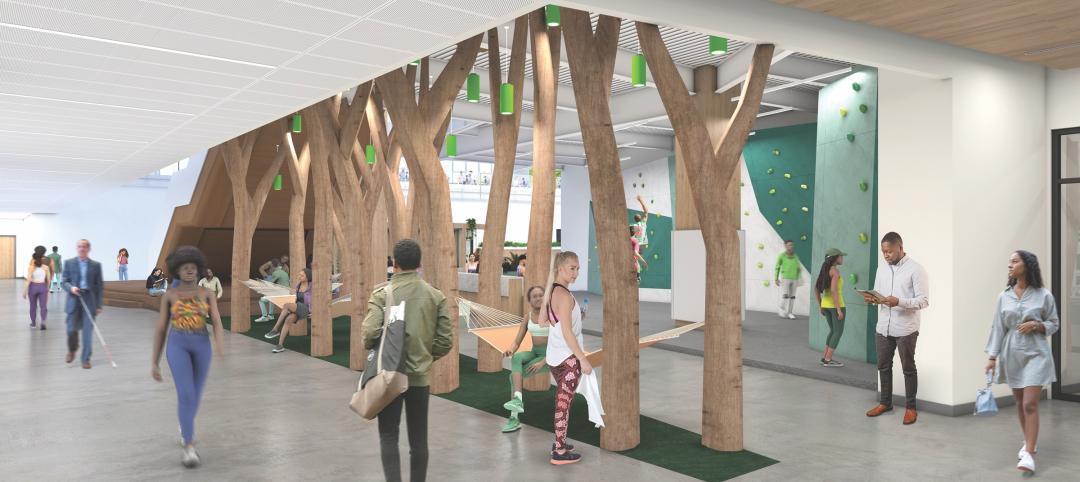Predictable, flexible, and efficient, prefabrication is quickly becoming an integral part of many construction projects. Though not a one-size-fits-all solution, prefabrication can address a multitude of common challenges—particularly as schedules continue accelerating, while labor capacity is decreasing.
From jobsite issues and location constraints to sequencing and scheduling, each project comes with a unique set of challenges, requiring a tailored solution on a per-project basis. While prefabrication, its utilization, and the approach differ for each project, the results and benefits for owners are consistent.
Is prefabrication right for my construction project and how can I plan for success? There are many factors requiring careful consideration when determining whether a project is a good fit for prefabrication and optimizing a project’s prefabrication plans.
Owner requirements
- Owner prefabrication expectations — Some owners, particularly in certain industries such as mission critical and healthcare, have prefabrication parameters that teams must work within. For example, when owners have multiple projects in the pipeline, it is becoming more common that prefabricated products may be bulk purchased for multiple projects.
“We’re seeing more bulk purchasing of premanufactured components,” said Prefabrication Integration Director Sara Curry. “For instance, a healthcare client recently bought bathroom pods for five jobs at the same time and will store them until each job needs them. This is one example of how owner programs can impact project delivery.” Many owners also have directives to track and meet predetermined off-site goals. - Matrix of responsibility — To meet all requirements, there needs to be a clear matrix of OFCI/OFOI responsibility for both the owner-furnished equipment and modular or premanufactured components.
Construction type
- Construction type can significantly impact prefabrication, whether to utilize it, and to what extent. But ultimately, all project types—greenfield, expansions, renovations and buildouts—can be good candidates for prefabrication.
Team Assembly
- Getting team members on board during design to explore potential options and plan ahead for optimal prefabrication outcomes is crucial. This ensures alignment of goals, expectations, accountabilities, plans and efficient execution from start to finish.
Budgets
- With current cost escalation and evolving economic conditions, teams can gain cost certainty by finalizing decisions and purchasing components and materials for fabrication sooner.
- Since a premium could be associated with certain prefabrication plans, teams should ensure prefabrication/modularization costs align with project goals, such as speed to market.
Design optimization
- Design optimization, or designing for prefabrication, enables contract documents to clearly articulate the scope of each prefabricated or modular component, including where conventional methods will be required for complete, efficient installation.
Logistics
- Laydown, the logistics of loading different sized components into and throughout the building, and onsite storage plans must be carefully considered.
Trade Partner Expertise
- Assess trade partners’ prefabrication capabilities and their offsite facilities to ensure alignment with the project’s needs.
- Depending upon local labor availability and expertise, remote prefabrication and long-distance transportation to the jobsite should be considered.
What pain points can prefabrication solve?
The enhanced collaboration and planning associated with prefabrication help mitigate project risks and address a range of potential pain points throughout design and construction.
Cost escalation and supply chain challenges. Offsite construction can help mitigate some of today’s common—and unpredictable—challenges, such as cost escalation, long procurement lead times, and labor shortages by identifying these issues early enough to address them before they can affect the project.
Jobsite issues. From organizing and storing equipment, to coordinating trades to maximize efficiency and space, shifting work offsite for prefabrication can help alleviate common jobsite issues, including site cleanliness and safety, materials storage, delivery inefficiencies, onsite traffic and congestion, and trade stacking.
Scheduling. The decision to utilize prefabrication affects the entire project, requiring design and construction teams to collaborate earlier, ultimately driving schedule efficiencies. While offsite construction typically increases the time required during design to coordinate certain components, the effect is a positive one that yields efficiencies throughout the entire construction process.
“The additional design coordination provides more opportunities to catch issues earlier. This helps alleviate the need for additional coordination after construction documents are issued. Additionally, by starting earlier we can fine tune other factors affecting the overall schedule and speed to market, such as delivery of premanufactured components and sequencing of installation,” said Curry.
RELATED STORIES
- Onsite prefabrication for healthcare construction
- 3 ways prefabrication doubles as a sustainability strategy
- Modular electric rooms are the new normal
What are the prefabrication options?
As prefabrication continues to evolve and its use increases, the options are expanding as well. From comprehensive modular systems to smaller, repeatable components, prefabricated approaches can be scaled and implemented appropriately depending on owners’ and projects’ needs.
Full modular buildings/systems — Completely fit out sections of a building (e.g., a fully finished hotel room or sections of a hospital patient wing); these are turnkey, fully finished products that are simply put in place and connected.
Modular components — Hotel or hospital bathroom pods, electrical rooms, central energy plants/central utility plants
Assemblies — Hospital patient room headwalls and footwalls, multi-trade MEP racks (vertical and horizontal), exterior skin panels
Sub-assemblies — Corridor top out walls, panelized roof systems, pre-clad frame systems (for items like trash enclosers, equipment screens, gates, fences, etc.), temporary items (formwork, enclosers, safety items, protection, access, etc.)
Kit of parts — While some prefabricated components are delivered to the site assembled and ready for installation, another option is to break components down into a “kit of parts” that can be easily assembled onsite to increase efficiency.
“Delivering kits to the jobsite, with parts cut to size, eliminates room for error, enhances quality, and increases efficiency since the process is repeatable and precise,” said Effenheim. “Complete kits—that start with structural components and take a job or scope all the way through finishes—and collated kits—turning basic parts into kits by work area—are great ways to utilize offsite construction for smaller-scale components.”
What are some common prefabrication challenges to avoid?
Put simply, when it comes to prefabrication, timing is everything. Not only is timing of team assembly essential, but the timing of other tasks also plays a critical role in successfully leveraging prefabrication.
Material and equipment selection. Since offsite prefabrication can occur ahead of and concurrently with onsite, conventional construction, decisions must be made and materials must be procured earlier for prefabricated elements to avoid delays and inefficiencies.
Decisions and design changes. Major design changes can have a ripple effect on prefabricated components. “If decisions or the design change after prefabrication starts, timing and cost are affected across the board,” said Senior Superintendent-Prefabrication Nick Effenheim. “Changes can require resequencing of prefab component deliveries, for example, and affect the project schedule. This could then cause double-handling and potentially additional storage costs—meaning one late design change impacts multiple phases of the project.”
Validating existing conditions. Capturing existing conditions with laser scanning on renovation projects can help coordination of the design. “On renovations, existing conditions and verification of space must be completed to ensure prefabricated components will conform with the space. For example, existing systems in a space may make it difficult to install above ceiling multi-trade MEP rack systems,” said Curry.
Licensing. This up-front planning work also applies to licensing. Ensuring the selected modular manufacturer(s) are following local jurisdiction requirements for inspections prior to shipment can save significant time and head off potential delays.
Procurement strategy. To have the greatest impact, when it comes to timing, offsite construction needs to be accounted for before scopes are written. The additional planning and design needed to incorporate prefabrication requires earlier scopes than owners are typically accustomed to. But when an owner’s design team is on board and is part of the design coordination process with the trade partners building the offsite components, how components get built and overall schedule efficiencies are positively impacted.
What does the future hold for prefabrication?
Perhaps the best thing about prefabrication is not simply the benefits or efficiency it offers, but rather the possibilities that are still being realized.
“Schedules are getting more compressed and labor shortages are getting worse,” said Curry. “But those constraints are helping drive innovation and learning. They’re helping us embrace manufacturing best practices and pushing us to be smarter about the way we build. As we continue changing the way we build, we’ll also continue to reap the benefits of these innovations.”
About the Author
Brian Burkett is a Vice President with JE Dunn Construction, based in the firm's Kansas City, Mo., office.
Related Stories
MFPRO+ News | Oct 22, 2024
Project financing tempers robust demand for multifamily housing
AEC Giants with multifamily practices report that the sector has been struggling over the past year, despite the high demand for housing, especially affordable products.
Performing Arts Centers | Oct 21, 2024
The New Jersey Performing Arts Center breaks ground on $336 million redevelopment of its 12-acre campus
In Newark, N.J., the New Jersey Performing Arts Center (NJPAC) has broken grown on the three-year, $336 million redevelopment of its 12-acre campus. The project will provide downtown Newark 350 mixed-income residential units, along with shops, restaurants, outdoor gathering spaces, and an education and community center with professional rehearsal spaces.
Sports and Recreational Facilities | Oct 17, 2024
In the NIL era, colleges and universities are stepping up their sports facilities game
NIL policies have raised expectations among student-athletes about the quality of sports training and performing facilities, in ways that present new opportunities for AEC firms.
Codes and Standards | Oct 17, 2024
Austin, Texas, adopts AI-driven building permit software
After a successful pilot program, Austin has adopted AI-driven building permit software to speed up the building permitting process.
Resiliency | Oct 17, 2024
U.S. is reducing floodplain development in most areas
The perception that the U.S. has not been able to curb development in flood-prone areas is mostly inaccurate, according to new research from climate adaptation experts. A national survey of floodplain development between 2001 and 2019 found that fewer structures were built in floodplains than might be expected if cities were building at random.
Seismic Design | Oct 17, 2024
Calif. governor signs limited extension to hospital seismic retrofit mandate
Some California hospitals will have three additional years to comply with the state’s seismic retrofit mandate, after Gov. Gavin Newsom signed a bill extending the 2030 deadline.
MFPRO+ News | Oct 16, 2024
One-third of young adults say hurricanes like Helene and Milton will impact where they choose to live
Nearly one-third of U.S. residents between 18 and 34 years old say they are reconsidering where they want to move after seeing the damage wrought by Hurricane Helene, according to a Redfin report. About 15% of those over age 35 echoed their younger cohort’s sentiment.
Construction Costs | Oct 16, 2024
Construction Crane Index: Most major markets’ crane counts increase or hold steady in third quarter
Rider Levett Bucknall’s (RLB’s) latest Crane Index and Quarterly Cost Report shows continued decreasing cost inflation and crane counts increasing or holding steady in 10 of the 14 major markets it surveyed. The national average increase in construction costs was 1.07%, the lowest it’s been in the last three years.
University Buildings | Oct 15, 2024
Recreation and wellness are bedfellows in new campus student centers
Student demands for amenities and services that address their emotional and mental wellbeing are impacting new development on college campuses that has led to recreation centers with wellness portfolios.
Performing Arts Centers | Oct 10, 2024
Studio Gang's performing arts center for Hudson Valley Shakespeare breaks ground
A new permanent home for Hudson Valley Shakespeare, a professional non-profit theater company, recently broke ground in Garrison, N.Y. The Samuel H. Scripps Theater Center includes a 14,850 sf performance venue that will serve as a permanent home for the theater company known for its sweeping open-air productions of classics and new works.



